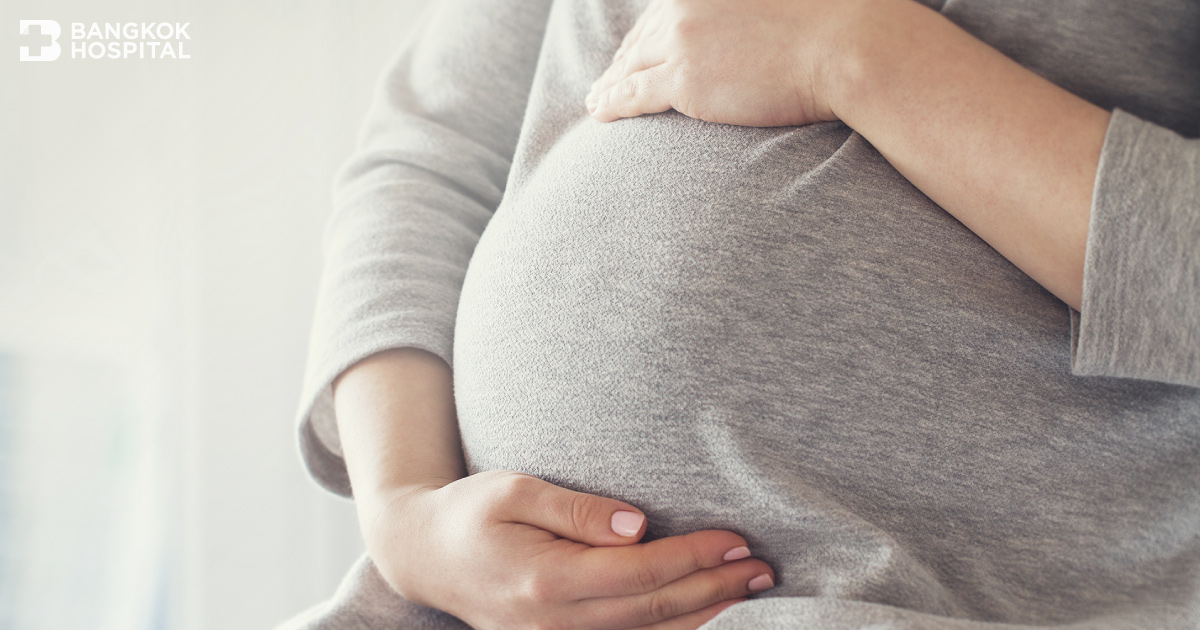Hysterectomy is the most common surgery in women, following childbirth surgery. Most patients seeking treatment usually have uterine tumors, which in some cases cause heavy menstrual bleeding, lower abdominal pain, paleness, frequent urination, and in cases of misplaced endometrial tissue, which will have symptoms similar to uterine tumors. All of these significantly disrupt daily life, leading some patients to decide on a hysterectomy.
Symptoms of Uterine Tumors
The observable symptoms include:
- Heavy and unusually painful periods
- Periods that are regular but heavier than normal, for example, lasting from 3 to 5 days, etc.
- Passing large blood clots
- Frequent urination or inability to urinate
- Constipation due to the tumor pressing on the intestine
- Pain during intercourse
- Lower abdominal pain
Locations of Uterine Tumors
Most women discover uterine tumors between the ages of 30 and 50. The tumor locations are divided into 4 positions, namely
- Within the uterine muscle
- Under the uterine muscle covering (the outer surface of the uterus)
- Inside the uterine cavity
- The cervix
The most dangerous tumor location is inside the uterine cavity, as it can cause heavy bleeding. The least dangerous is the outer uterine tumor.
Diagnosis
Patients needing a hysterectomy are diagnosed based on
- Symptoms that disrupt the patient’s daily life, such as heavy bleeding leading to pallor and requiring blood transfusion, etc.
- The tumor has an abnormally rapid growth rate
Hysterectomy Methods
Currently, there are 4 methods of performing a hysterectomy, namely
- Vaginal Hysterectomy Less pain, no external scars
- Laparoscopic Hysterectomy Less painful scars, small incisions on the abdomen about 3 – 4 incisions, depending on the size of the lens used for the surgery
- Minilaparotomy Hysterectomy The incision from the surgery is smaller or equal to 6 centimeters
- Abdominal Hysterectomy The incision tends to be quite large
Vaginal Hysterectomy (Vaginal Hysterectomy)
Performing a hysterectomy through the vagina (Vaginal Hysterectomy) is a surgery to remove the uterus from the body without any external wounds. It is a surgical technology that helps reduce patient pain and worry about scars.
Consideration for Vaginal Hysterectomy
Considerations for a vaginal hysterectomy in non-cancerous cases include
- Safety – The surgical procedure and equipment must meet safety standards
- Invasiveness – Surgery where the patient experiences little pain and has a short hospital recovery time
- Cost – Affordability of treatment
- Cosmetics – The absence of visible scars
Benefits of Vaginal Hysterectomy
- Less pain A vaginal hysterectomy involves a single incision, so patients experience less pain compared to laparoscopic surgery with multiple incisions
- No visible scars There is only one incision in the navel, which heals and becomes nearly invisible after about 5 weeks
- Fast recovery The recovery period is about 1 – 3 days, then back to normal life
- High safety Every step is closely monitored by expert physicians, especially with a thorough pre-surgery examination under anesthesia (EUA-Examination Under Anesthesia) which provides detailed patient information before surgery
According to research by the Cochrane Collaboration, a medical research organization considered highly reliable, the latest data from 2015 shows that vaginal hysterectomy is better in all indicators and recommends this method as the first option in considering hysterectomy in non-cancerous cases.
Limitations of Vaginal Hysterectomy
- Patients with a uterus size exceeding 1,500 grams
- Patients who have undergone multiple surgeries or have thick adhesions in the pelvic area
- Patients with ovarian cancer or uterine or cervical cancer
- During surgery, the doctor cannot access the blood vessels supplying the uterus
- The skill and expertise of the surgeon is crucial for a smooth surgery, especially for minimizing pain and the aesthetic of the scars
Can it Recur After Surgery?
For a hysterectomy, once performed, the condition will not return. However, if only the tumor is removed (keeping the uterus), studies have found that within 5 years there is a 30% chance of recurrence, and those with multiple tumors have a higher chance of recurrence than those with a single tumor. But only a small portion of those who recur need to undergo surgery again.










